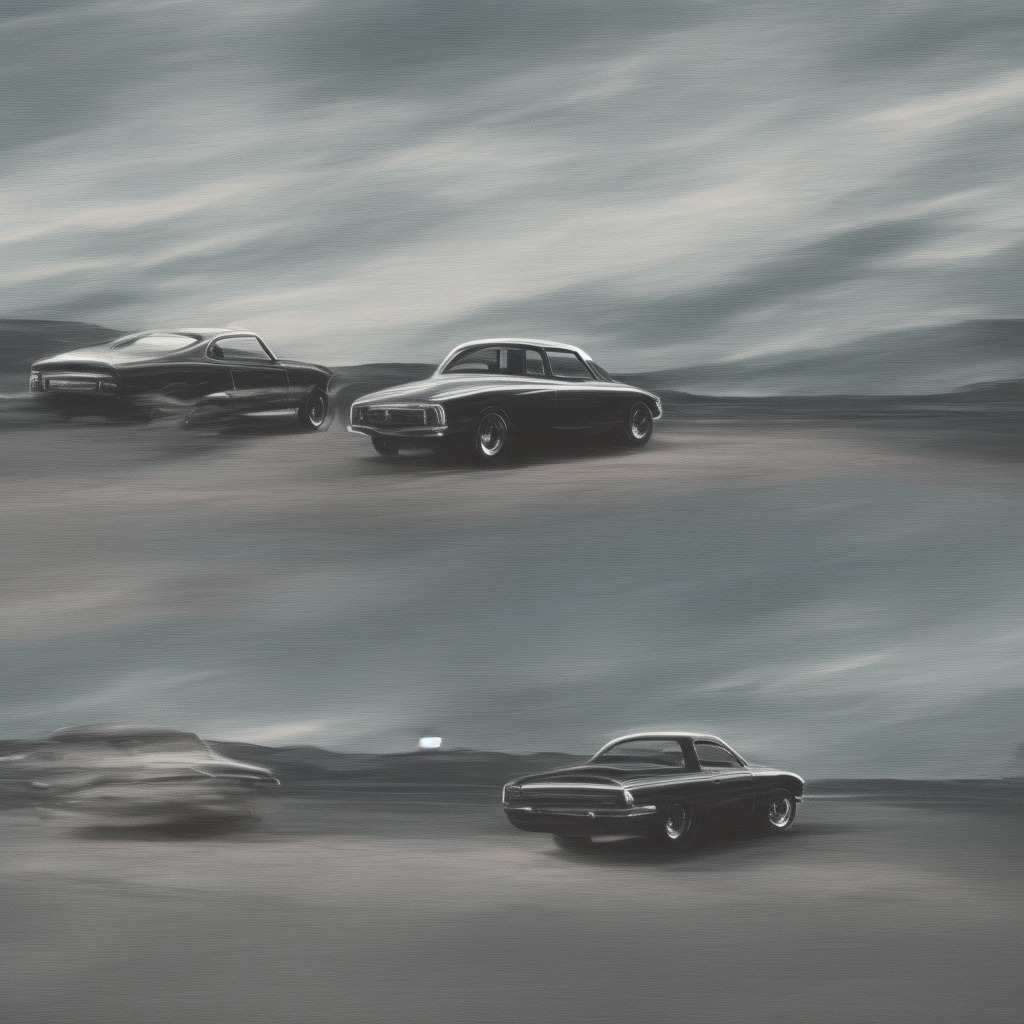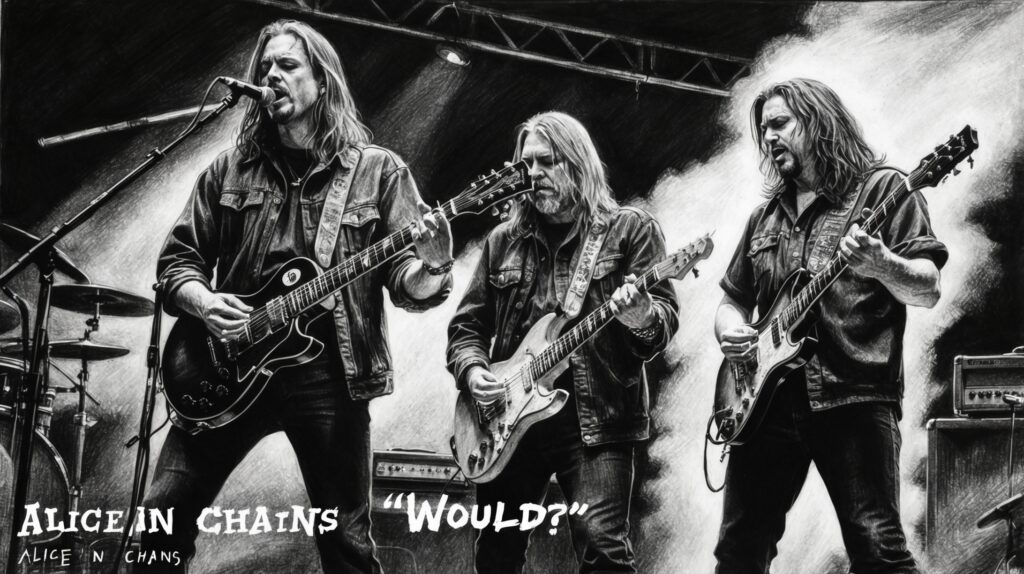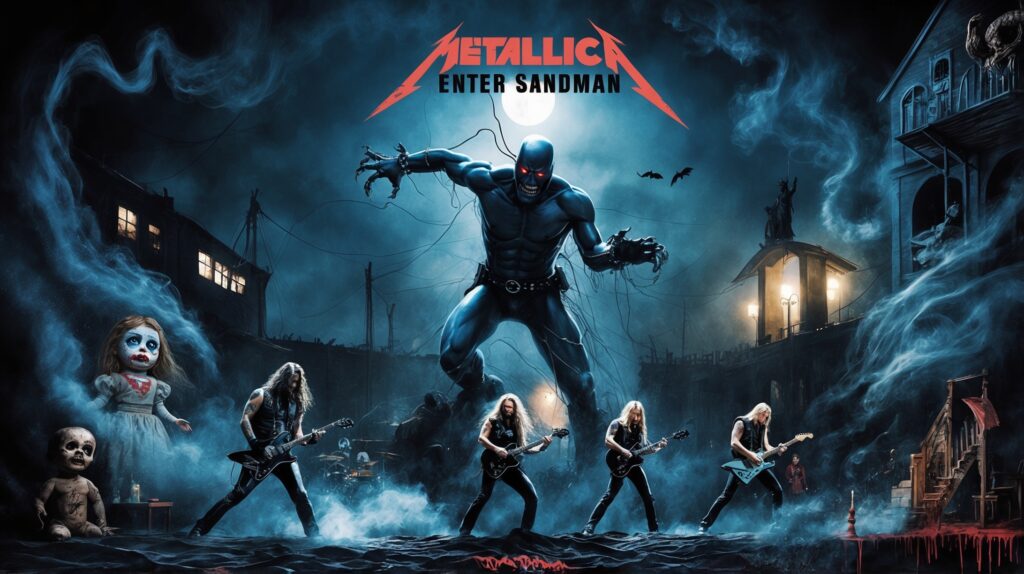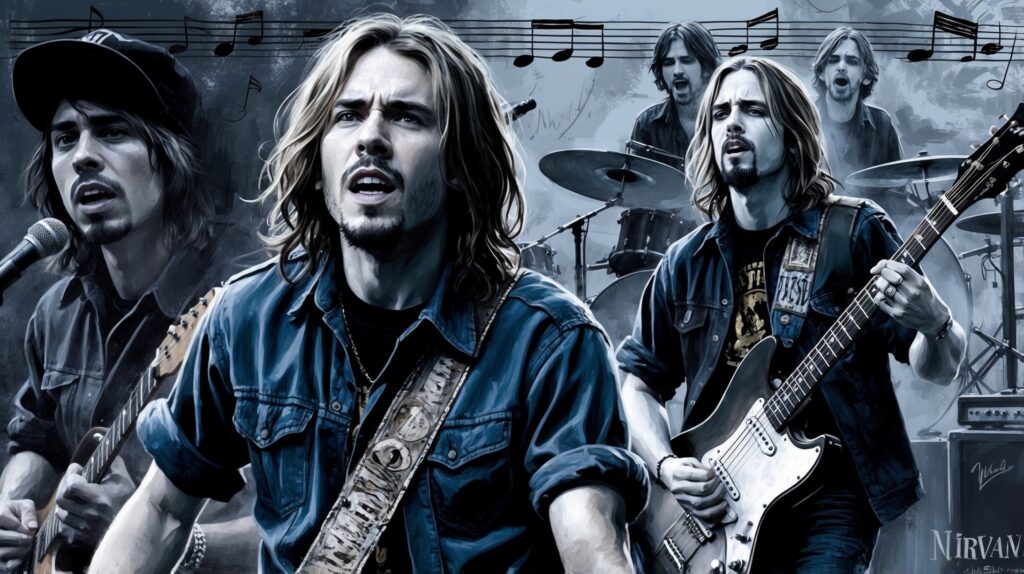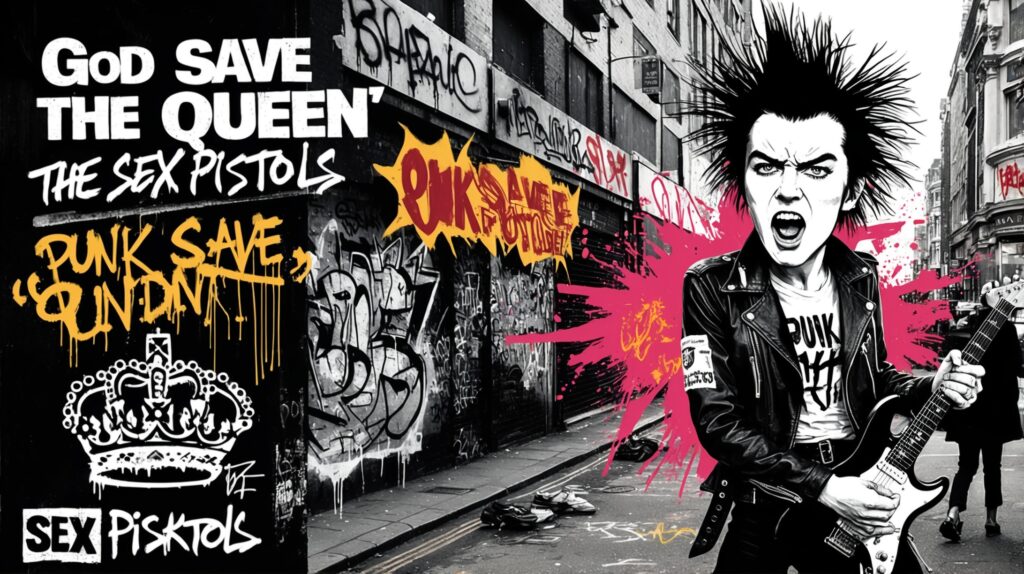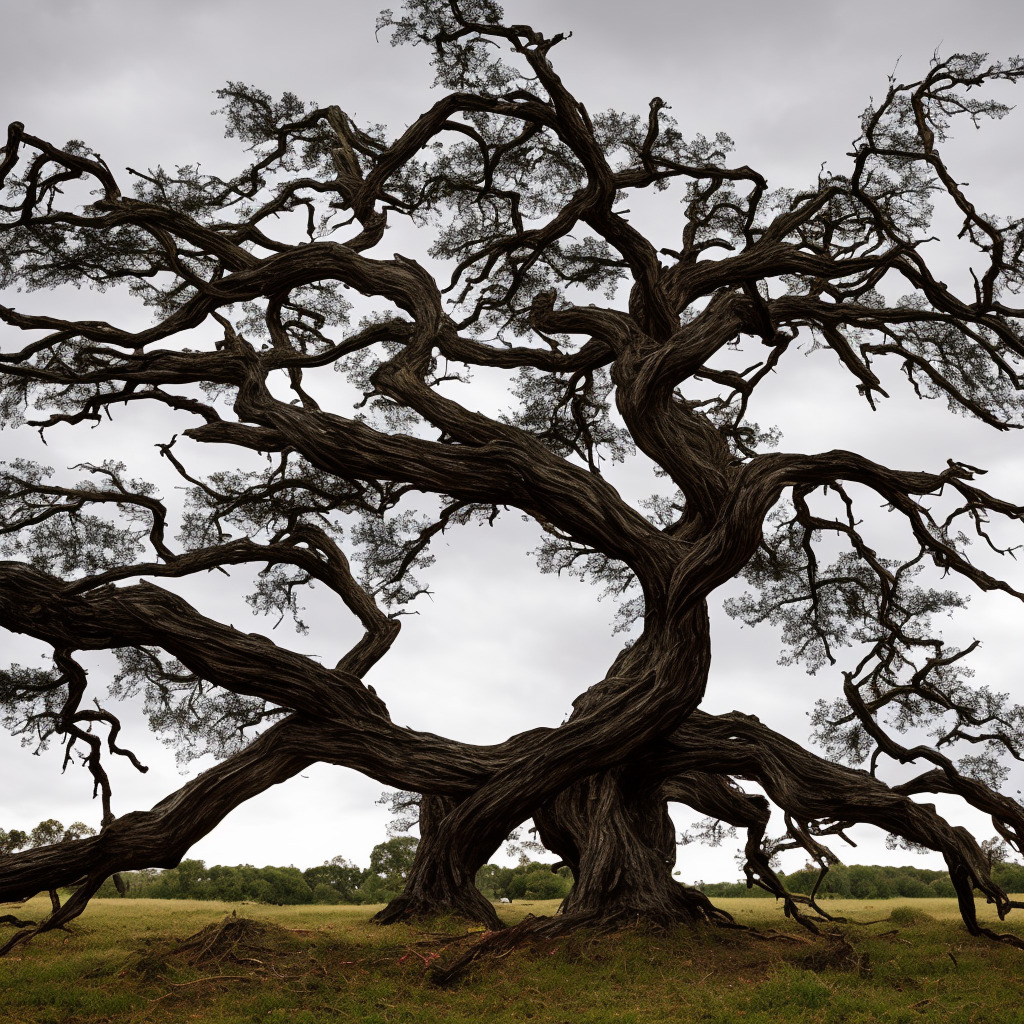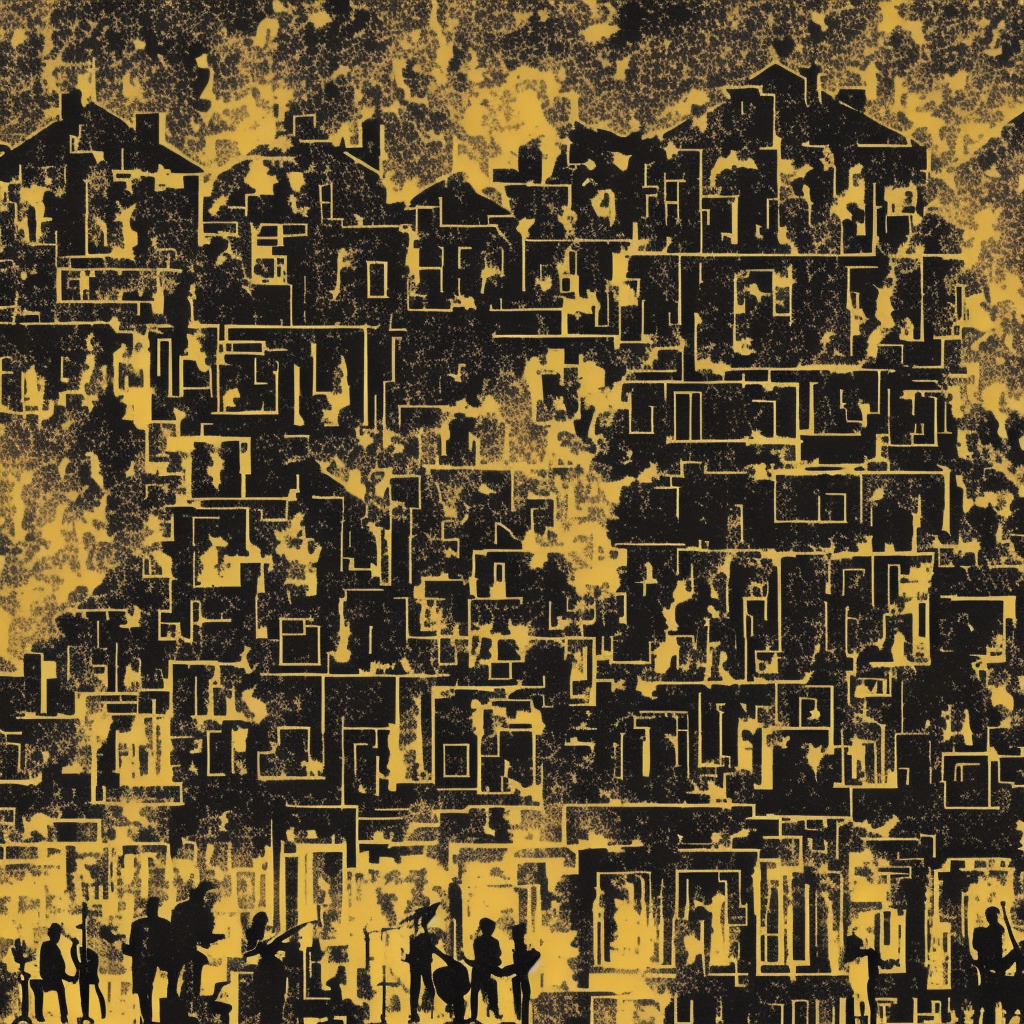“Thunder Road” turns 46 🎉 #DidYouKnow Bruce Springsteen wrote it in a single night on a rhyming dictionary high?📖🎸 A testament to his lyrical mastery! #ThunderRoad #TheBoss #MusicTrivia Read about it: tinyurl.com/4m24atbw
The Timeless Appeal of The Boss
The Timeless Appeal of The Boss: Chronicling Bruce Springsteen’s five-decade journey, from “Thunder Road” to rock and roll superstardom, and his enduring impact on fans worldwide.
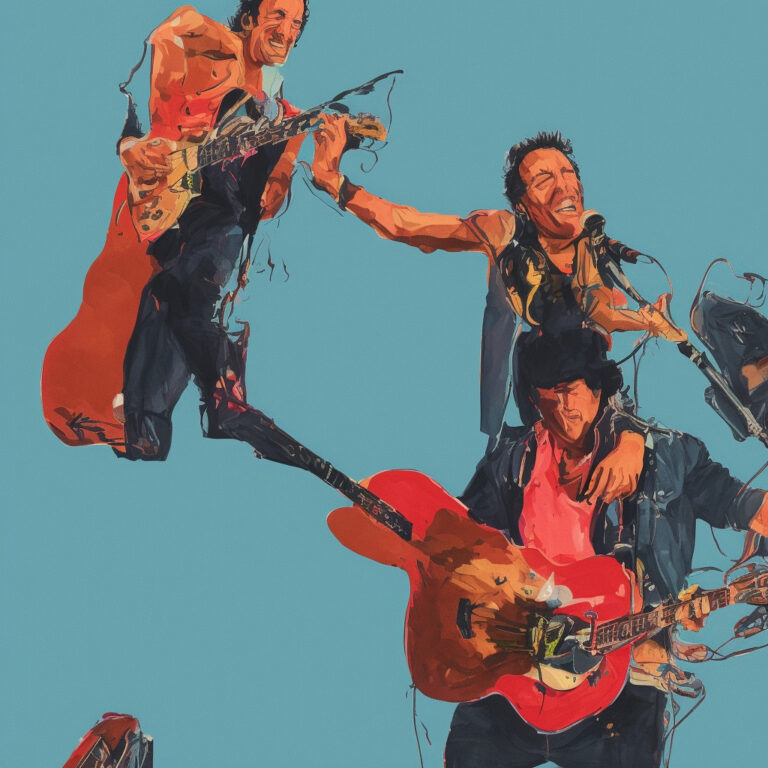
Bruce Springsteen, affectionately known as “The Boss,” has been a dominant force in rock and roll for over five decades now. Emerging from the New Jersey music scene in the early ’70s, Springsteen has produced nineteen studio albums and amassed countless dedicated fans worldwide. As a talented singer, songwriter, and guitarist, Springsteen has consistently delivered anthems of hope, love, and working-class life, resonating with audiences of all ages.
One of Springsteen’s most iconic and enduring masterpieces is “Thunder Road,” the opening track on his 1975 landmark album, ‘Born to Run.’ This song showcases Springsteen’s powerful storytelling, depicting a young couple’s romantic thoughts of escape and longing for something more in life. The beautifully evocative lyrics are supported by a compelling mix of piano and harmonica, creating a sense of hopefulness and desperation that resonates deeply even today.
Throughout his career, Bruce Springsteen has seen various lineup changes, with the E Street Band serving as his primary backing band since 1972. However, his long-time partnership with Clarence Clemons, the E Street Band’s saxophonist and Springsteen’s close friend, is perhaps the most emblematic of Springsteen’s career. Clemons’ saxophone solos were an integral part of The Boss’s sound, and his untimely passing in 2011 left fans mourning the loss of this beloved band member.
Springsteen’s impressive catalog has earned him numerous awards and accolades over the years. Among his many achievements, he has received twenty Grammy Awards, two Golden Globes, an Academy Award, a Tony Award, and the Presidential Medal of Freedom. Additionally, Springsteen was inducted into the Rock and Roll Hall of Fame in 1999, securing his place as a legend in rock history.
Critics may argue that Springsteen’s music can sometimes be repetitive or that his lyrics lean too heavily on nostalgia, but there’s no denying the indelible mark he’s left on American music. From his energetic live performances to his advocacy for social and political issues, Bruce Springsteen continues to engage and inspire fans around the world.
In conclusion, “Thunder Road” is a prime example of Bruce Springsteen’s enduring talent as a songwriter and performer. As the opening track on ‘Born to Run,’ it sets the tone for an album that marked a turning point in The Boss’s career, ultimately catapulting him into rock and roll superstardom. As a testament to his continued relevance, Springsteen’s music remains beloved by fans of all ages, with “Thunder Road” standing as a shining example of his timeless appeal.
Charting the Stormy Success
“Thunder Road” – an enduring Springsteen classic that defied chart expectations, captivating fans and critics alike with its stormy success and lasting legacy.
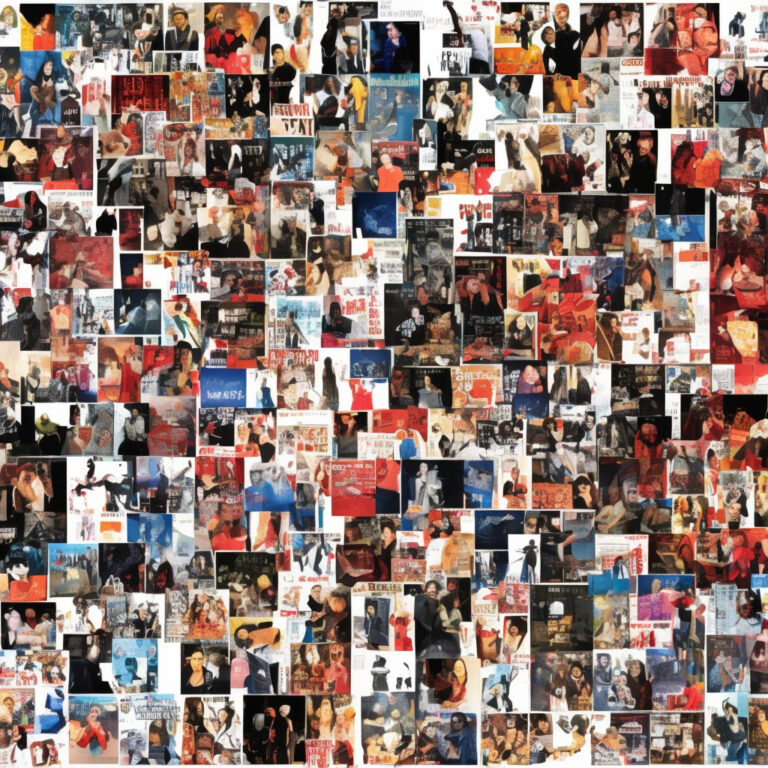
“Thunder Road,” the opening track on Bruce Springsteen’s 1975 album, ‘Born to Run’, has earned its place as one of his most iconic and beloved songs. Released on August 25, 1975, the track didn’t initially make a significant impact on the charts. However, its enduring popularity over the years has solidified its status as a Springsteen classic.
Surprisingly, “Thunder Road” never charted on the Billboard Hot 100 upon its release. This could be attributed to the fact that it was not released as a single in the United States. Nevertheless, the success of the ‘Born to Run’ album, which peaked at No. 3 on the Billboard 200 chart, certainly helped to bring this powerful track into the public eye.
Over the years, “Thunder Road” has become a fan favorite and is widely regarded as one of Springsteen’s greatest songs. In fact, Rolling Stone magazine ranked it at No. 86 on their list of “The 500 Greatest Songs of All Time” in 2004, and it climbed to No. 27 when they updated the list in 2021. Additionally, the song has made its mark on international charts as well. In 2016, following Springsteen’s ‘The River’ tour, the song reached No. 62 on the UK Official Singles Chart.
As a testament to the song’s continued appeal, it has often found its way onto various charts when Springsteen has embarked on major tours or released live recordings. For instance, in 2014, the song reached No. 23 on the Billboard Rock Digital Song Sales chart after the release of a live version recorded at the legendary Apollo Theater in 2012.
In summary, while “Thunder Road” might not have initially taken the charts by storm, its lasting impact and popularity among fans and critics alike have solidified its place in music history. Its iconic status, bolstered by strong live performances and the overall success of the ‘Born to Run’ album, ensure that “Thunder Road” will continue to be celebrated for years to come.
The Timeless Storytelling of “Thunder Road”
The screen door slams, Mary’s dress waves
Like a vision she dances across the porch as the radio plays
Roy Orbison singing for the lonely
Hey, that’s me and I want you only
Don’t turn me home again, I just can’t face myself alone again
Don’t run back inside, darling, you know just what I’m here for
So you’re scared and you’re thinking that maybe we ain’t that young anymore
Show a little faith, there’s magic in the night
You ain’t a beauty, but hey, you’re alright
Oh, and that’s alright with me
You can hide ‘neath your covers and study your pain
Make crosses from your lovers, throw roses in the rain
Waste your summers praying in vain
For a savior to rise from these streets
Well now, I ain’t no hero, that’s understood
All the redemption I can offer, girl, is beneath this dirty hood
With a chance to make it good somehow
Hey, what else can we do now?
Except roll down the window and let the wind blow back your hair
Well, the night’s busting open, these two lanes will take us anywhere
We got one last chance to make it real
To trade in these wings on some wheels
Climb in back, heaven’s waiting on down the tracks
Oh, come take my hand
Riding out tonight to case the promised land
Oh, Thunder Road, oh, Thunder Road, oh, Thunder Road
Lying out there like a killer in the sun
Hey, I know it’s late, we can make it if we run
Oh, Thunder Road, sit tight, take hold
Thunder Road
Well, I got this guitar and I learned how to make it talk
And my car’s out back if you’re ready to take that long walk
From your front porch to my front seat
The door’s open but the ride ain’t free
And I know you’re lonely for words that I ain’t spoken
But tonight we’ll be free, all the promises’ll be broken
There were ghosts in the eyes of all the boys you sent away
They haunt this dusty beach road in the skeleton frames of burned-out Chevrolets
They scream your name at night in the street
Your graduation gown lies in rags at their feet
And in the lonely cool before dawn
You hear their engines roaring on
But when you get to the porch, they’re gone on the wind
So, Mary, climb in
It’s a town full of losers, I’m pulling out of here to win
As we dive into the lyrics of “Thunder Road,” it’s evident that Bruce Springsteen has always possessed an incredible talent for storytelling through his music. Released in 1975, the song captures the spirit of a restless and ambitious youth, eager to escape the monotony of their small-town lives. It’s a vivid and romantic evocation of the desire for change and the belief that there’s something better out there, waiting to be discovered.
The lyrics are set in a post-Vietnam War America, filled with disillusionment and a longing for meaning. Springsteen explores the emotions and dreams of a generation searching for a sense of purpose during a time of uncertainty. The protagonist of the song is seeking redemption and a chance to make it real, trading in his wings for wheels and venturing into the unknown on a metaphorical journey.
The song’s cinematic imagery and rich storytelling, combined with Springsteen’s heartfelt delivery, create an atmosphere that resonates with listeners from all walks of life. It’s a timeless anthem that speaks to the human spirit, reminding us of the importance of holding onto hope and believing in the magic of new beginnings.
A Visual Ode to “Thunder Road”
Experience the timeless allure of Springsteen’s “Thunder Road” through iconic live performances and nostalgic fan-made tributes that visually encapsulate its enduring impact on rock ‘n’ roll history.
While the Bruce Springsteen classic “Thunder Road” never had an official music video, there is no shortage of fan-made creations and live performances that bring the song’s vivid imagery to life. One of the most iconic depictions of “Thunder Road” comes from the 1975 live performance at London’s Hammersmith Odeon. The raw energy of a young Springsteen, along with the E Street Band, encapsulates the feeling of youthful rebellion and the romantic allure of the open road that is so prevalent in the song’s lyrics.
Another notable video that pays homage to “Thunder Road” is a fan-made compilation that perfectly illustrates the song’s timeless appeal. The video masterfully combines vintage clips of Springsteen and the E Street Band, along with scenes from popular movies and TV shows that embody the spirit of the song. With its nostalgic appeal and attention to detail, the video has garnered thousands of views and stirred up even more appreciation for the Springsteen classic.
In recent years, Springsteen’s own YouTube channel has shared various live performances of “Thunder Road,” each offering a unique experience for fans. For instance, the 2009 Glastonbury Festival performance showcases Springsteen’s incredible ability to connect with his audience, as he belts out the song with the same passion he had when it was first released in 1975. This particular rendition of “Thunder Road” demonstrates the song’s enduring power and relevance in the music world.
Though “Thunder Road” may not have an official music video, the song’s countless live performances and fan-made tributes on YouTube are a testament to its lasting impact. From its humble beginnings in 1975 to its continuous influence on today’s generation, “Thunder Road” has become a pillar of rock ‘n’ roll history, visually immortalized through these various video interpretations.
The Genius Behind “Thunder Road”
The composer of “Thunder Road” is none other than the legendary Bruce Springsteen himself. Often referred to as “The Boss,” Springsteen has a natural flair for storytelling and an uncanny ability to capture the essence of the American spirit in his music. His artistic vision has given birth to a plethora of classic songs that have resonated with generations of fans.
Aside from “Thunder Road,” Springsteen’s impressive catalog includes such iconic hits as “Born to Run,” “Dancing in the Dark,” and “Born in the USA.” His songwriting prowess has not waned over the years, as demonstrated by his more recent work on albums like “Wrecking Ball” and “Western Stars.” With a career spanning over five decades, Bruce Springsteen has cemented his status as one of the most influential composers in the history of rock music, and “Thunder Road” is just one shining example of his boundless creativity.
A Road Paved with Accolades and Influences
“Thunder Road,” a timeless Springsteen classic, captivates with its accolades, pop culture presence, and diverse covers, weaving itself into the very fabric of rock ‘n’ roll history.
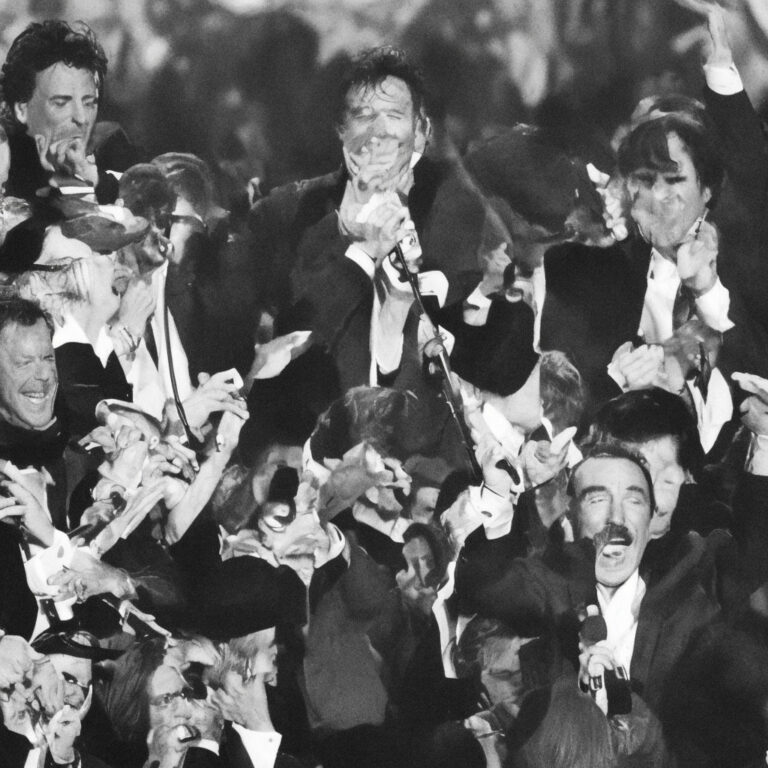
“Thunder Road,” one of Bruce Springsteen’s most iconic tunes, has earned its fair share of accolades and adoration since its release in 1975 on the “Born to Run” album. Critics have consistently hailed the song as a timeless classic, with Rolling Stone ranking it the 86th greatest song of all time on their list of “The 500 Greatest Songs of All Time.” The track also received a nod from Pitchfork as the 27th best song of the 70s, further cementing its place in the annals of music history.
While “Thunder Road” has never been directly awarded or nominated for a Grammy, it has contributed to the overall recognition of the “Born to Run” album. In 2003, the Library of Congress added the album to the National Recording Registry for being “culturally, historically, or aesthetically significant.” Furthermore, the album was included in the book “1001 Albums You Must Hear Before You Die,” with “Thunder Road” being a standout track.
In addition to its accolades, “Thunder Road” has left an unmistakable mark on popular culture, finding its way onto screens big and small alike. The song was featured in the 1998 film “Scotch and Milk” as well as in the 2013 coming-of-age drama “The Spectacular Now.” Television appearances include the series “The Vampire Diaries” and “Cold Case,” both of which utilized the song to evoke emotion and add depth to pivotal moments in their respective narratives.
The track has also been embraced by various artists, resulting in numerous cover versions over time. Some notable artists who have paid tribute to “Thunder Road” include Bonnie ‘Prince’ Billy, Badly Drawn Boy, and Cowboy Junkies. One particularly unique interpretation of the song is the haunting, stripped-down version by indie artist Kevin Devine. These covers serve as a testament to the enduring appeal and versatility of “Thunder Road.”
As a hallmark of Bruce Springsteen’s career, “Thunder Road” continues to captivate audiences with its vivid storytelling and undeniable energy. Through its awards, pop culture appearances, and cover versions, the song remains an essential piece of the rich tapestry of rock ‘n’ roll history.
Dissecting the Musical Magic
Diving into the musical structure of “Thunder Road,” we find the song written in the key of F major, which sets the stage for the heartfelt and anthemic tone that permeates throughout the track. The intro features a harmonica solo, played by Springsteen himself, and the gentle strumming of an acoustic guitar that sets the tempo at a moderate pace. The tempo, measured at around 84 beats per minute (BPM), is perfect for creating an emotive and rhythmic atmosphere that effectively complements the narrative-driven lyrics.
As for the chord progression, the song mainly follows a I-IV-V structure, which is quite common in rock and popular music. In the key of F major, this translates to the chords F, Bb, and C. However, Springsteen adds his unique touch to the progression throughout the song, incorporating additional chords such as Dm, Gm, and even the occasional diminished chord for that extra hint of tension and resolution.
One of the notable features of “Thunder Road” is its dynamic shifts, which contribute to the song’s emotional depth. The verses are characterized by a stripped-down arrangement, allowing the lyrics and Springsteen’s raw vocal delivery to take center stage. The chorus, on the other hand, explodes with energy as the full band joins in, complete with piano, electric guitar, bass, and drums. This contrast between the verses and choruses creates an ebb and flow that keeps listeners engaged and emotionally invested in the song.
In addition to the dynamic shifts, there’s also a sense of growth and progression throughout the track. The song begins with a sparse arrangement, gradually building in intensity as new instruments are introduced. By the time we reach the climactic ending, the song has transformed into a full-blown rock anthem, with the E Street Band’s signature saxophone and piano riffs propelling the song to its powerful conclusion.
One last aspect worth mentioning is the use of various rhythmic elements in “Thunder Road.” While the drums maintain a steady beat throughout the song, there are moments of syncopation and off-beat accents that add flavor and excitement to the track. Springsteen’s guitar strumming also varies in intensity and rhythm, further contributing to the song’s undeniable appeal.
Overall, “Thunder Road” serves as a prime example of Bruce Springsteen’s ability to craft a musically rich and emotionally resonant song that stands the test of time. The intricate balance of chord progressions, dynamic shifts, and rhythmic elements come together to create a piece that is truly greater than the sum of its parts.

